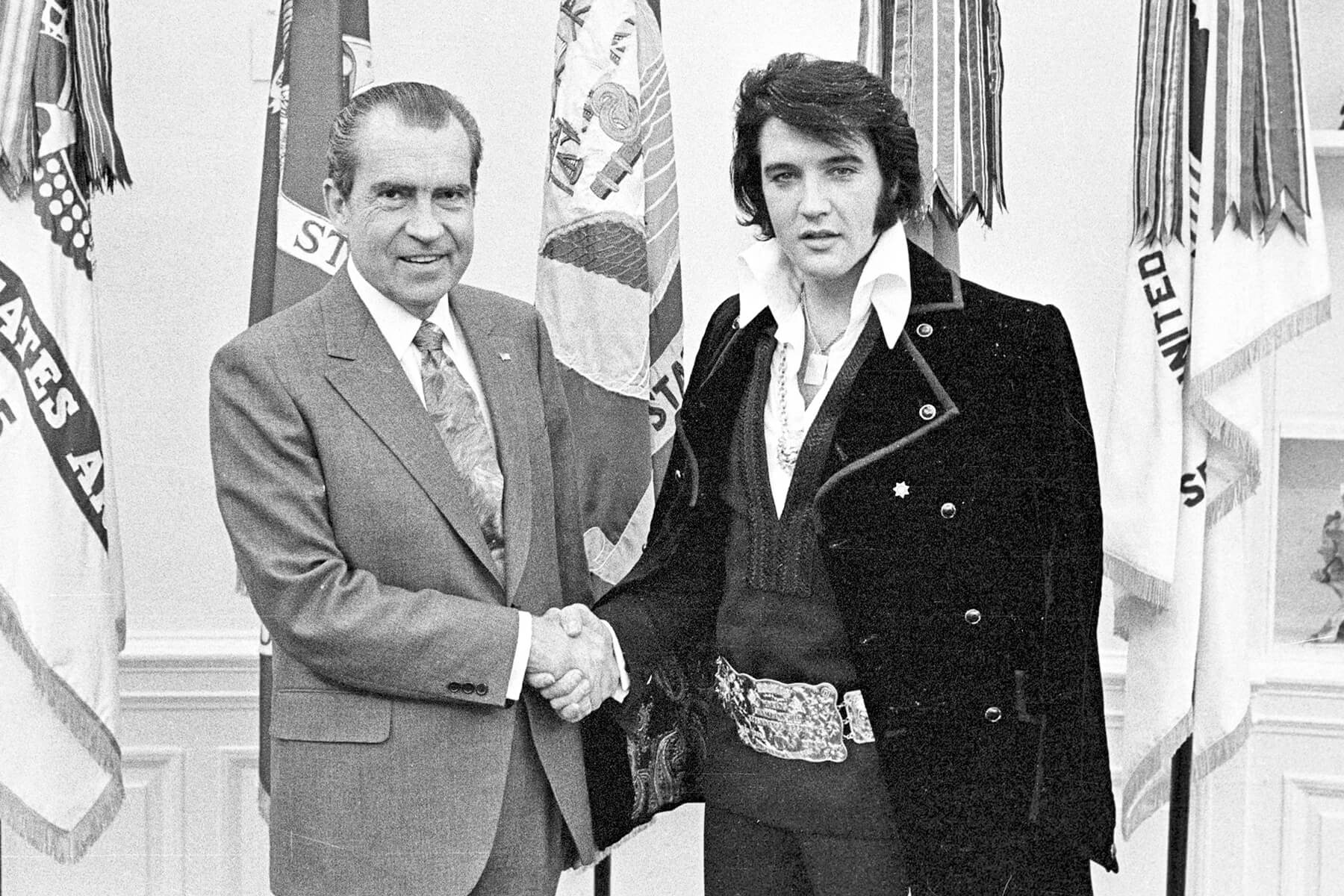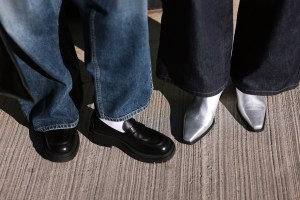"Emotional blind spots" may sound like a vague therapy term, but identifying your own can completely change your self-concept and, in turn, your life. Finding out where your emotional blind spots lie goes hand in hand with developing a strong sense of self-awareness. But how? And why is it helpful for just about everyone?
A quick Google search shows it’s a hot topic and there's a lot of conflicting information about it. So, we tapped both Kristie Tse, LMHC, a psychotherapist, licensed mental health counselor, and founder of Uncover Mental Health Counseling, and Sumarie Engelbrecht, a registered counselor and founder of Wholistic Mental Health Care, to get to the bottom of it. Below, they share practical and easy ways to identify your emotional blind spots, which many — if not most — of us have. Fortunately, there are actionable ways to take them on headfirst.

What Are Emotional Blind Spots?
First, let's talk about what exactly mental health professionals mean when they bring up the term "emotional blind spots." "Emotional blind spots are coping mechanisms developed to avoid uncomfortable emotions, manifesting in behaviors such as perfectionism, procrastination, or excessive self-criticism," Tse explains.
"For example, overcommitting to work can be a method to sidestep feelings of inadequacy, while excessive rationalization may prevent vulnerability," she continues. "Constantly seeking external validation or staying busy can distract from deeper emotional issues." Recognizing your patterns is vital, as they can obstruct self-awareness and hinder authentic connections. And addressing these blind spots will likely require dedicated self-reflection and possibly even professional guidance, Tse explains Awareness and intervention are key to overcoming barriers and fostering genuine relationships. If this sounds like you, it might be time to see a therapist to chat about it.
Engelbrecht adds another layer to this. "Everyone has emotional blind spots as it relates to our self-perception to a great extent," she says. As an example, if you generally perceive yourself as a rational and calm individual, you might disagree when someone points out that you were aggressive during a particular situation. This highlights a major conflict between your self-perception and your actual behavior. If this is a pattern for you, it can be considered a blind spot — meaning your self-perception starts to carry more weight than your behaviors when interacting with others.

How To Identify Your Emotional Blind Spots
Identifying emotional blind spots — and then working to overcome them — requires a lot of self-work.
"To recognize emotional blind spots, I encourage clients to observe recurring patterns in their behavior that seem out of sync with their goals or self-image. Reflecting on moments when you feel an inexplicable sense of frustration or sadness often reveals avoidance behaviors," Tse says. Paying attention to feedback from trusted friends and family can help you see aspects of your behavior that you might have overlooked. Another helpful practice is keeping a journal to track emotional reactions and triggers.
Both Tse and Engelbrecht recommend taking feedback from family and friends from a rational, neutral perspective. If you're getting the same feedback from different people in your life and in different scenarios, it might be a good idea to reevaluate your self-perception.

How Therapy Can Help With Emotional Blind Spots
Therapy is a powerful tool that can help with many different life situations, including emotional blind spots. "Therapy can help you increase your self-awareness with various techniques like tracking emotions, tracking triggers, and delving into your behavior patterns," Engelbrecht says. "All of this will help you understand yourself better and equip you to recognize emotional blind spots and how to deal with them when they arise."
Emotional blind spots can also stem from past trauma or negative experiences, and Engelbrecht says that can affect you later in life. "[Blind spots] often serve as defense mechanisms to protect us from emotional pain or discomfort," she explains. "No one wants to be seen as 'the angry one' or the 'defensive one.' Emotional blind spots can stem from core belief structures that are formed when we are young." These beliefs can act as cognitive filters that we interpret our experiences through. Engelbrecht uses the example of someone who holds a core belief that they're unlovable. If they feel this way, they're likely to interpret social interactions through this lens, reinforcing their belief despite contrary evidence. This can distort their perception and experiences to match preexisting beliefs.
Tse stresses the importance of working with a therapist to help you move forward in a positive way. "When we explore these past experiences in therapy, we uncover how these early coping strategies play out in their current relationships and behaviors," Tse says. "It's not about reliving pain, but understanding its influence. By connecting these dots, clients can work on developing healthier ways to cope and interact. This journey allows them to form more meaningful connections and a stronger sense of self-confidence." And no matter where you are in your life, we can all benefit from that.
This article is for general informational purposes only.
Affiliate Disclaimer Medical Disclaimer
















 Unique Beauty is free for all users.
Unique Beauty is free for all users.